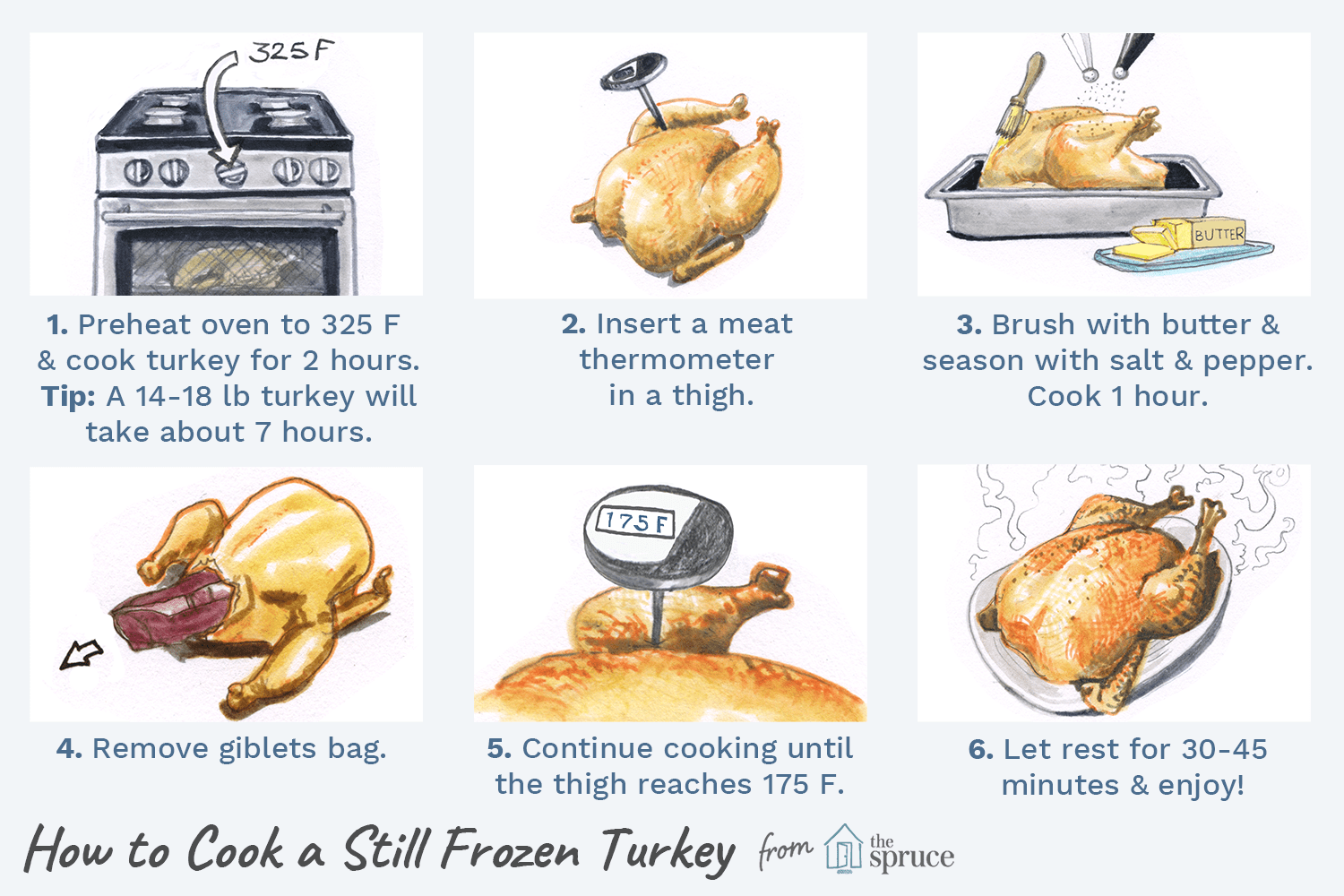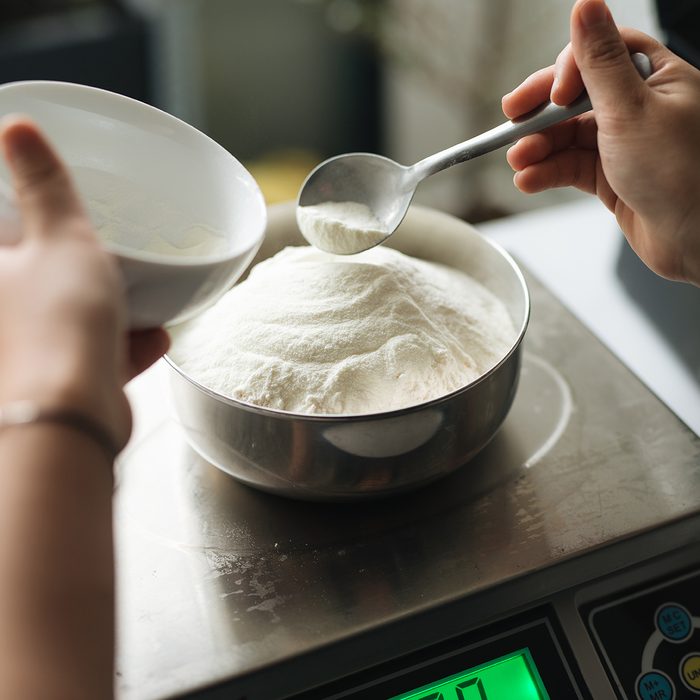
You're likely to have tried advanced cooking techniques if you are a passionate cook. French and Chinese techniques are two of the most well-known. But what about Japanese and Chinese methods of cooking? You'll also want to learn the best steaming and poaching techniques. These methods are easy to master and you can read on to find out more. These techniques can be used in your daily cooking. You can also look out for cookbooks that describe these cooking techniques in greater detail.
French cooking techniques
French cooking is based on traditional methods. French chefs have been known for their ability to arrange everything and cook it slowly at low temperatures. This method is known as Confit and involves slowly cooking a variety of foods in fat over a low heat. They also often use alcohol to make sauces. Flambeing is typically used for desserts. However, the alcohol can be poured over food while it's still cooking to enhance its flavor.
Chinese cooking techniques
Many complex techniques can be used in traditional Chinese cooking to make your food more delicious. Stir-frying is a technique that involves heating oil in a wok. Stir-frying involves quickly stirring the food until it achieves the desired texture. This is the easiest method and works well with small ingredients such as noodles and vegetables. Stir-frying is not the only method used in Chinese cuisine to produce different results.

French technique of steaming
Steaming, which is a cooking method that produces a constant flow of hot air around food to preserve all its nutrients, without adding fat, is a way to cook. Because steam has more heat that boiling water, it's gentle and ideal for delicate foods. This method cooks food quickly and without affecting nutrients or natural colors. This technique is well-known in France, where it can be a joy to prepare vegetables and fruits.
Japanese poaching technique
The Japanese have perfected the art and technique of slow-cooking fish. This technique involves vacuum-sealing food in a plastic bag and slowly cooking it at low heat. This creates uniform texture and removes all aromatics. Here are the Japanese ways to poach salmon.
Vietnamese technique for boiling
It is simple, but very effective, to boil rice in the traditional Vietnamese way. The method is based on steaming food in bamboo or metal trays. This method is very beneficial because it preserves nutrients and doesn't use any oil. It can also be used to make seafood and sticky-rice. It is especially useful for developing countries' most vulnerable populations, who are dependent on poor water supply. There are however some precautions you should take.

FAQ
What are the Qualifications to be a Chef
You must hold a bachelor's in culinary arts to be a chef. You will also need to pass several tests administered by ACF. After completing these requirements, you will be awarded a certificate that confirms your qualifications.
How do you become a chef?
There are many avenues to become a professional chef. Begin by enrolling at a community college. You can then look into going to culinary school. A paid internship is another option.
What is the best way to learn to cook?
Cooking should be something everyone can do. Cooking is a skill that will allow you to enjoy delicious food. First, find a recipe that appeals to you and then follow it closely. You'll then want to practice small adjustments until you feel confident making the dish. Finally, try cooking for others. This will improve your cooking skills as well as test your culinary abilities.
Statistics
- According to the BLS, chefs earn $58,740 a year. (learnhowtobecome.org)
- In the United States, the category is estimated at $23.2 billion annually and is growing faster than the market. (washingtonpost.com)
- under 10 Kids have been taught that there is special food just for them, and Fiese says that 10 percent of kids will throw a tantrum if they don't get the food they want. (washingtonpost.com)
External Links
How To
How to make an omelet that is perfect
Omelets are my favorite breakfast dish. But how do they turn out so perfectly? I've tried many recipes and different methods but none have worked. Today, I'd like to share some tips with you in order to make delicious and fluffy omelets every day.
First, eggs can be very temperamental ingredients for making omelets. It is important that eggs are fresh from an organic market and kept cool until used. The yolks and whites will not form properly if they aren't kept cold enough. This can make your omelets look bizarrely colored. It is best to use room-temperature eggs if you are going to cook them right away.
Another tip is to separate each egg before adding them to the saucepan. It is important not to allow any white to mix with the yolk as this could lead to the omelet becoming curdled.
The egg can burn if it is placed directly on the stovetop. Instead, place the egg in the microwave for 10 second before you put it in the skillet. The microwave heat cooks your egg just right, without it becoming too soft.
Next, let's discuss mixing the eggs. When mixing eggs, it is important to thoroughly beat them. To do this, take the bowl from the mixer and flip it upside-down. Next, shake the bowl vigorously. By doing this, the egg is thoroughly mixed with the air in the bowl.
Now comes the fun part - pouring the milk into the mixture. The first step is to pour half of the milk in the beaten eggs. Next, fold the eggs into the remaining milk. If you still see streaks of eggs, don't worry. These streaks will disappear once the omelet has been turned over.
After you have folded the eggs, heat the oil in a pan over medium heat. Once the oil has started to sizzle, turn the heat down to low. Once the oil begins to heat, add 1/4 cup butter and swirl the pan to coat it. Carefully open the pan's lid and add salt to the pan. The salt will help to prevent the omelet's sticking to the pan.
Once the omelet has formed, cover the pan again and wait for the top side to set completely. Flip the omelet upside down or with a spatula. Cook the second side for a minute or so. Take the omelet out of the pan and immediately serve.
This recipe works best when you use whole milk.